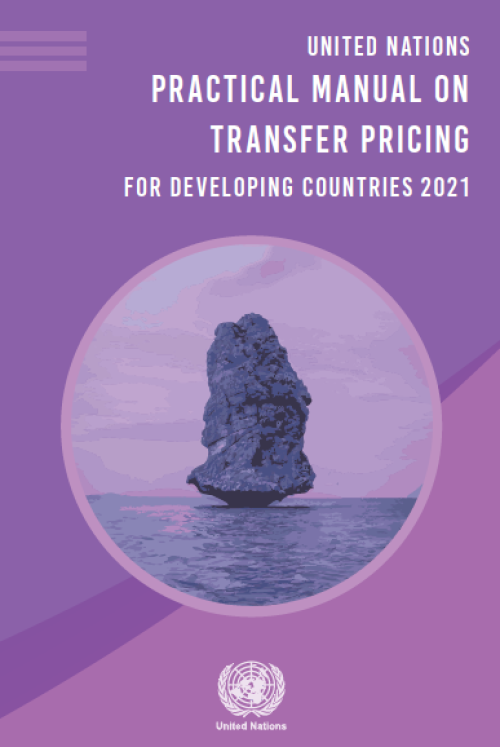Transfer pricing is the general term for the pricing of transactions between related or associated enterprises. It should reflect the internationally accepted arm’s length principle embodied in Article 9 of the UN Model Double Taxation Convention between Developed and Developing Countries. It is particularly relevant to the global transactions of multinational enterprises, involving the transfer of goods, services and intangibles between enterprises of the multinational groups.
When transactions between associated enterprises do not reflect the arm’s length principle, profits might be shifted to low-tax or no-tax jurisdictions and losses and deductions shifted to high-tax jurisdictions. This can deprive a country of tax revenue. When two or more tax authorities take different positions in determining the arm’s length price, double taxation may occur. Unrelieved double taxation in transfer pricing cases can represent a significant economic burden for taxpayers, which can in turn negatively impact the investment climate of countries.
The UN Practical Manual on Transfer Pricing for Developing Countries provides guidance on the policy and administrative aspects of undertaking a transfer pricing analysis. The guidance assists policy makers and administrators in dealing with complex transfer pricing issues, and it assists taxpayers in dealing with tax administrations.
 Welcome to the United Nations
Welcome to the United Nations

